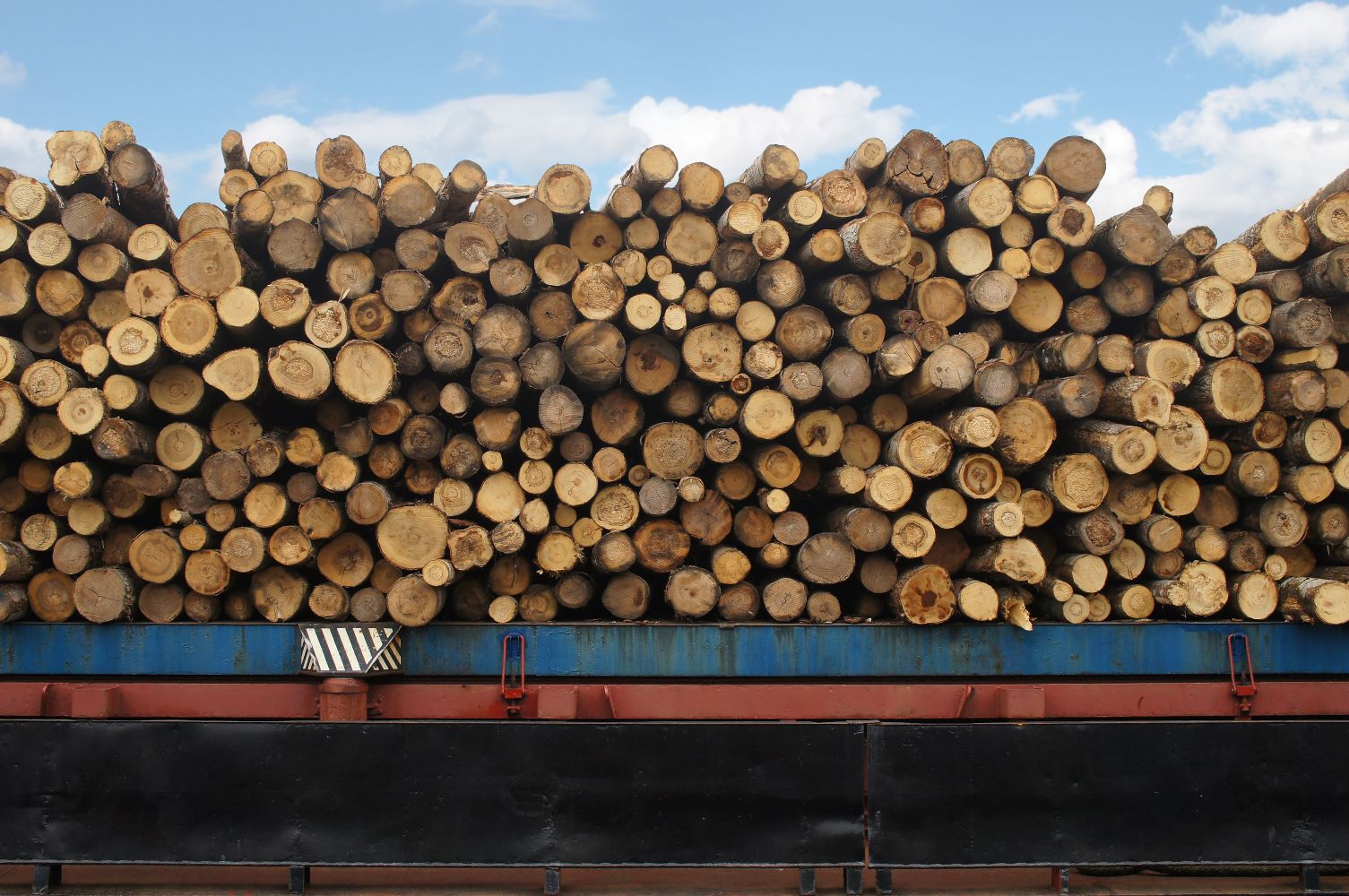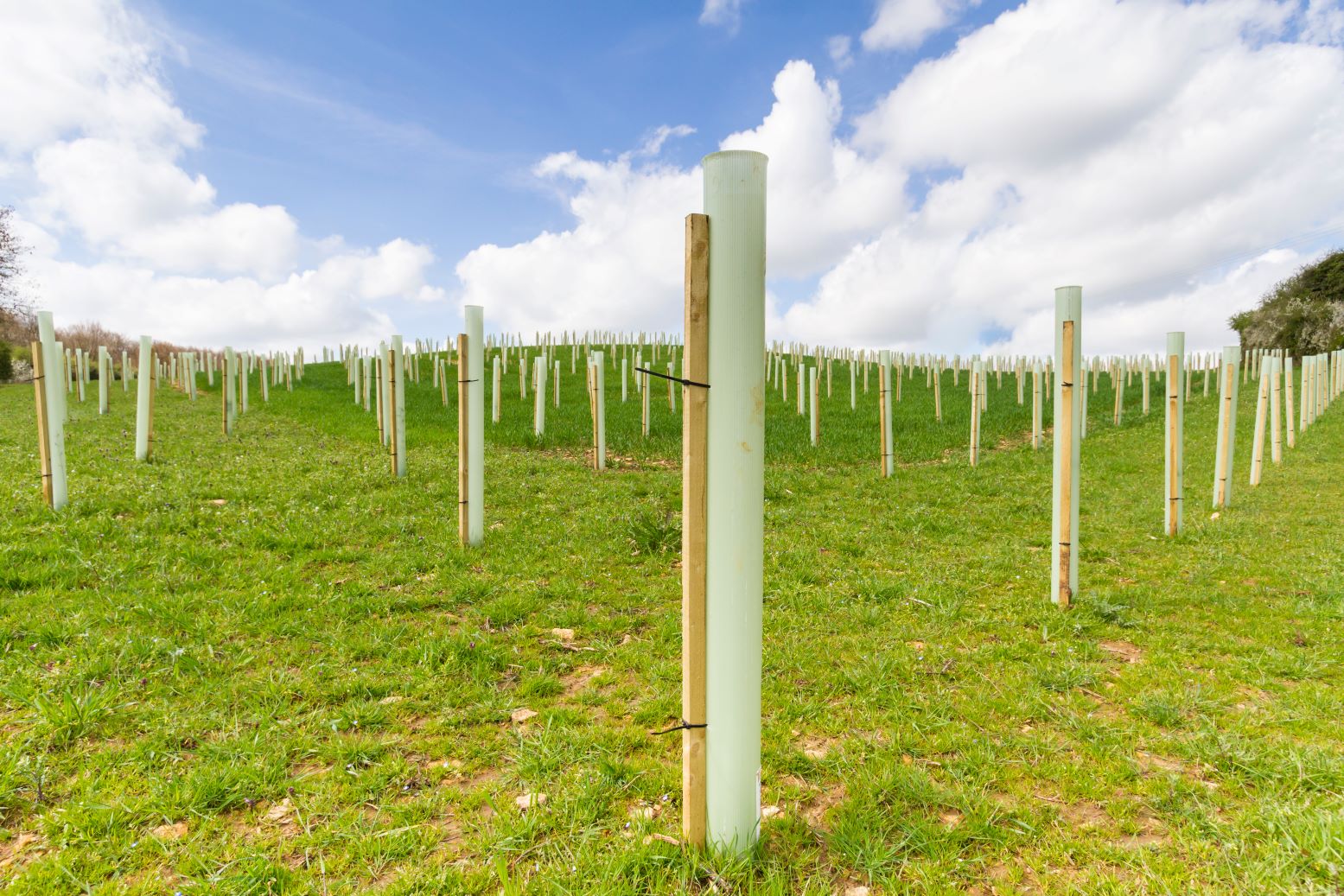Focus on tree care, not just tree count warns Woodland Trust report
11 June 2025
Woodland Trust has released a follow-up report to its groundbreaking 2021 report, investigating the condition of the UK’s woodlands and trees.
‘State of the UK’s Woods and Trees 2025’ assesses the UK’s progress in tree-planting and woodland coverage, dangers our forests face, and the condition of our woodlands.
2025 updates
Much has changed in the environmental and political context since the 2021 report. Two new pests – including Ips typographus, a potential long-term threat to UK forestry – have been reported, bringing the tally up to 19 new and serious introductions since 1990, and wildlife declines have worsened, with both woodland butterfly decline and bird decline increasing over the past 4 years.
Most notably for our sector, woodland creation targets and goals stated by the UK government are still not being met – despite widespread criticism, advice, and strong policy backing.
Notable progress has been made since the Woodland Trust’s last report, however. Between 2020-2024, there was an average of 45% annual targets being met, in comparison to 2016-2020’s meagre 28%.
The UK’s woodlands
With the effects of climate change already being felt across the world – and their severity and frequency only increasing as the planet warms – the UK’s woodlands must be ecologically resilient and able to withstand change. This is achievable, as the Woodland Trust state, through ‘bigger, better, more widespread and joined up habitats’ – not poor-quality, small, and sparsely located woodlands.
Existing woodland must be protected, expanded, and connected.
Woodland cover
The average woodland cover in the EU is 38% – this is over double the UK’s woodland coverage of just 13.5%. There are goals and initiatives to increase this cover to 19% by 2050, but interim aims are currently too far behind, and it is looking more and more likely that the UK will not achieve its goal of 50%.
This forms the basis of the Woodland Trust’s report. Woodland coverage figures are concerning and the UK’s progress needs to improve, but these numbers tell us very little about the condition of our woodlands and the biodiversity that is within them.
Woodlands that are poorly managed and not resilient are not equal to a sustainably managed, resilient, and should not be treated the same. This important distinction allows us to understand why we must invest more in our woodlands and leads onto the next section of the report.
Ecological condition
An ecologically sound woodland is both resilient and adaptable, having more ‘complexity, diversity, and dynamic processes’ – allowing them to cope with the consequences of climate change and pests.
By measuring a woodland’s condition through three components (threats, structure, and composition), we can assess the quality and ecological condition of our forests.
Recent pest infestations and sightings, such as Ips cembrae and Ips typographus are signs that, even with strict import restrictions and good practices, infestations can still occur. The ability of a woodland to withstand pests such as these – or herbivores, diseases, and invasive non-native plants – demonstrates the resilience of the forest overall. The report highlights how ‘40% of native woodland habitat is in unfavourable condition for herbivore damage’ – a cause for alarm and a major blow to the resilience of UK forestry.
A structurally complex woodland is more resilient to threats and beneficial for more complex and diverse ecology. Structural complexity is, put simply, the varying parts of a forest: the age of trees, height of trees, overall diversity in tree and shrub species, amount of ancient and veteran trees, and the variation in the non-wooded areas of forests (such as open areas, ponds, and stream). Having a diverse and complex makeup takes time, careful management, and resilience – and the structural complexity of the UK’s woodlands is decreasing. Data shows that 80% of native British woodlands have two or less age classes, indicating poor woodland health or a wide range of young forests. Clear-felling, pest or herbivore damage, or overall unsuitable conditions are three of many possible reasons for a forest to have such a low amount of age classes across its area.
Genetic diversity
This is a vital way to look at the UK’s woodlands. We have a wide range of trees and shrubs in the UK, providing us with strong adaptive potential – but only if we utilise them. There is limited data on the full genetic diversity across our forests, and the Woodland Trust recommend that more resources are allocated to understanding this, and there is a centralised and coordinated effort to conserve existing genetic diversity.
Having trees in a forest with varied genetic diversity allows for unique growth heights, budburst times, and disease tolerance – building a forest’s resilience and allowing for a thriving woodland. This is vital, yet we lack the clear data on how many of our forests are genetically diverse.
Ancient and veteran trees
Ancient and veteran trees are strongholds of the UK’s forests. They are vital to increase resiliency, biodiversity, and to sequester carbon over long periods of time. However, Woodland Trust highlight the threats that our ancient and veteran trees face and note how they must be protected – for the benefit of our woodlands.
Solutions
Despite some concerning statistics and information throughout the report, the Woodland Trust list a number of ways that the highlighted issues can be addressed: management, ancient woodland restoration, creation, unlocking adaptive potential, and agroforestry.
Management
A well-managed forest has a trove of benefits. A healthy forest that is sustainably managed is more robust and resilient to threats – whether that is climate change, pests, or diseases. Further, these forests will be able to sequester more carbon, serve local communities, and improve local habitats.
Woodland Trust stress that more support is needed to bring more woodlands into appropriate management.
Our woodlands are becoming increasingly more genetically simplistic and suffering ecologically. Existing data on woodland management, whilst limited as there is no one-size-fits-all way to manage a woodland, suggests that many woodlands in the UK are not managed at all – putting them at great risk.
Unmanaged woodlands may look positive on the UK’s overall tree coverage – which is still behind our goals – but if many of these woodlands are not managed, there are deeper issues which will impact their efficacy.
There are two key factors identified by the Woodland Trust behind why more of our woodlands are not being managed: economics, skills gaps, and advice.
As most UK woodlands are privately owned, incentives and support are essential for landowners to understand why management is needed, the benefits it brings to them, and how to overcome perceived barriers.
Economically, government grants have become increasingly restrictive and unattractive, being touted as a missed opportunity in England and Wales, and government funding is only available for creation of woodlands in Northern Ireland – not for management. There is also a lack of collaborative incentives, meaning individual landowners may struggle when trying to manage their woodland through deer management, for example, as this is much more easily done at on a wide scale then individually.
Skills gaps exist across forestry – the workforce needs expansion and diversification. If this trend continues our forests will continue to struggle, and future generations will be at a disadvantage due to a lack of trainers.
Additional advice that is communicated well, widespread, and actionable will help willing landowners that need an extra push. Whilst individual landowners may be at a disadvantage for larger-scale projects, their efforts will benefit their woodlands and help decrease skills gaps.
Woodland management is a long-term goal that must be sustained over time to reap benefits – improvements in these three areas will help improve our forests for good.
Actions you can take
Woodland Trust conclude their report by recommending what government should prioritise – and what you can do to help your local woodlands.
There are four priority actions which, when combined with the evidence presented and highlighted in this report, will help give our forests the push they need:
- Expand and connect woodland tree cover: through appropriate, high-quality planting, the current rate of woodland creation needs to be tripled.
- Enhance and protect existing woods and trees: do not let planting and creation targets make existing woodlands an afterthought; sustainable, appropriate management, restoration of degrading woodlands, and enforcement of protection for our existing woodlands is crucial.
- Improve the evidence: fill the identified evidence gaps highlighted in this report and utilise adaptive management to improve our forests.
- Invest in the future: upskill the existing workforce, invest in training, create more careers, and improve grant systems to incentivise continued, meaningful progress.
Policy-specific actions for each of the four countries are also available on the Woodland Trust’s website:
Individuals are encouraged to contact their local MP to rescue the UK’s Forgotten Forests, show support for the Nature Emergency campaign, and get involved citizen science to help improve data collection.
Landowners are signposted to the Woodland Trust’s planting advice and funding schemes, aligning with the report’s goals and solutions.
Schools and community groups can benefit from free tree packs, where local groups can work together to make a small change.
Academic researchers in forestry are asked to collaborate to help drive change and improve the UK’s dataset, finding credible solutions.
Keep up to date on the latest Woodsure updates through our news pages or follow us on social.
Related news

Dutch sustainability scandal highlights the value of robust wood fuel certification

Emma Reynolds appointed as new Defra Secretary in Cabinet reshuffle

Government eradication successfully prevents tree pest from posing major threat
